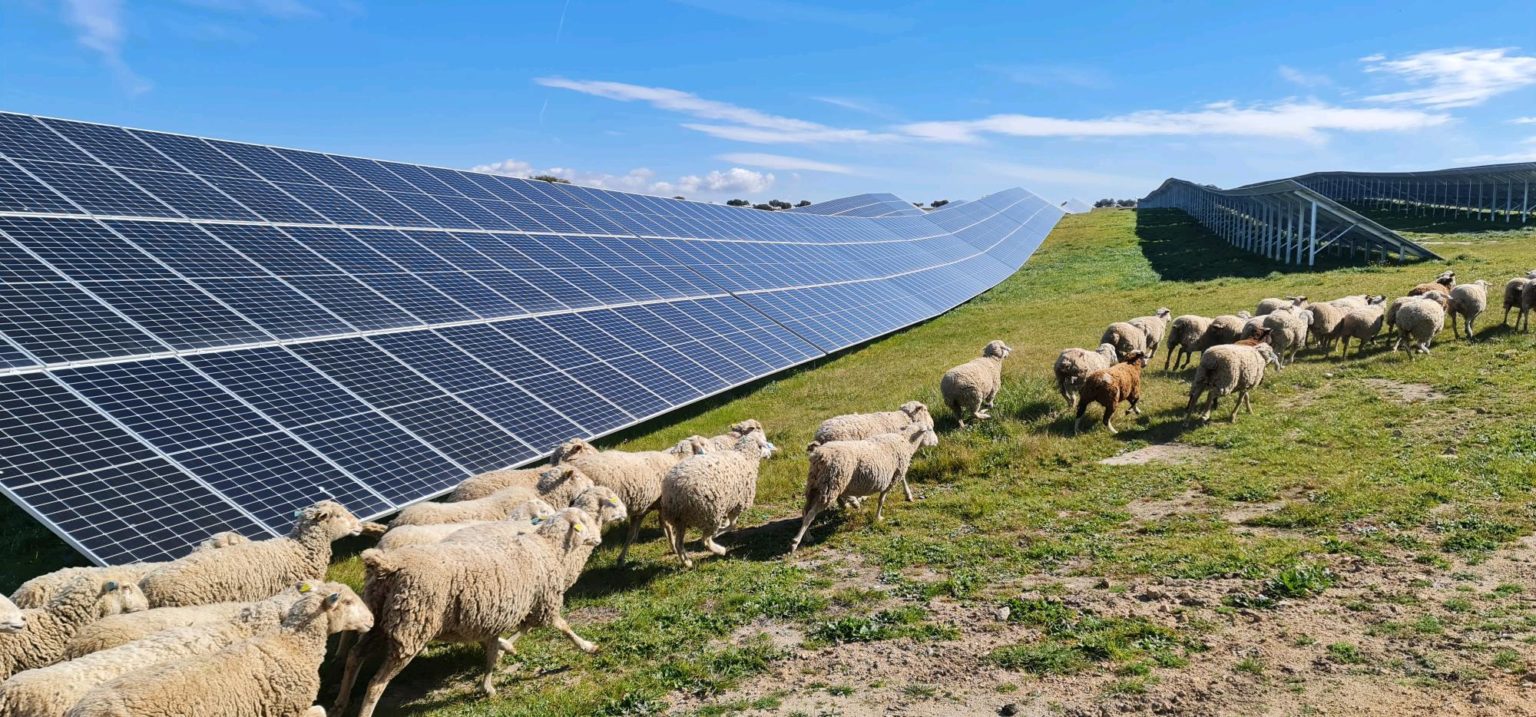https://www.pv-magazine.com/2022/03/16/italian-solar-park-to-be-linked-to-5mw-10mwh-of-second-life-batteries/
Italian solar park to be linked to 5MW/10MWh of second-life batteries

Image: Enel X Global Retail
Enel X Global Retail, the Rome-based energy services unit of Italian utility Enel, plans to build a large-scale storage facility based on second-life batteries from the automotive sector. The project will store excess power produced by a 30MW solar plant under development at Rome-Fiumicino International Airport.
“The storage project is planned to have a capacity of 5MW/10MWh and cover evening peak-demand, while also providing flexibility services to the grid,” Luigi Lanuzza, Enel X Global Retail's head of B2C and B2B innovation factory, told pv magazine. “The solar park will be operated by Aeroporti di Roma and is planned to have its capacity expanded to 60MW at a later stage, which means the capacity of our storage facility will also have to be expanded.”
The storage facility will be built through a modular approach, as it will integrate different types of second-life lithium-ion batteries with high-energy density mainly based on nickel, manganese and cobalt (NMC) with usable storage capacity ranging from 10kWh to 25kWh.
“This approach makes us independent from a single supplier or technology,” Lanuzza explained. “We are in talks with different electric car makers to secure the storage devices for the project.”
Cost reduction is one of the project’s objectives. According to Lanuzza, one of the main cost issues of similar projects relates to the adaptation of batteries that come from the automotive sector for stationary storage.
“You could, in theory, acquire these second-life batteries for free, but then making them suitable for stationary applications is not so inexpensive, ” he said, noting that batteries for stationary storage usually work with system voltages ranging from 1,000V to 1,500V. “Batteries for automotive applications, by contrast, have normally a voltage of 350V on average, which means you need a multi-level inverter to reach the required efficiency levels.”
Higher costs also come from the higher number of cables that will have to be used, as well as non-standardized components.
This project will rely on special software created by Enel X Global Retail to optimize the storage of PV electricity and help to provide grid services. The software purportedly maximizes revenues by stacking multiple services, based on techniques such as unsupervised machine learning to model the degradation of batteries in different applications and sites for both atmospheric and load/grid conditions.
Popular content
“It helps efficiently size batteries and prevent the risk of performance degradation during operation, by creating a real digital twin of the storage system,” Lanuzza explained. “This facility is expected to reach a technology readiness level (TRL) of seven and our target is to achieve total cost of ownership and performance comparable to those of a conventional stationary storage project.”
The TRL measures the maturity of technology components for a system and is based on a scale from one to nine, with nine representing mature technologies for full commercial application. The storage facility is expected to have a lifecycle of at least 10 years.
“Automotive batteries are designed for a shorter and typically not deep cycling compared to stationary storage, and we will have to monitor how they interact with a solar plant,” Lanuzza said, noting that the modular approach enables quick replacement of batteries. Overall, around 720 batteries will have to be used to reach the desired capacity.
The batteries will be placed in a dedicated area in the airport. Construction is expected to start in the second half of 2023 and take about a year, with the first half of the system ready by end of 2023, said Lanuzza.
The EU Innovation Fund is providing €3 million ($3.3 million) for the project. The company expects more cost reductions from the new generation of EV batteries.
“New batteries are now being produced with a ready-to-reuse design, which will help us have more uniformity in their second life application,” Lanuzza said, adding that these new devices also occupy less space while providing better performance.
This content is protected by copyright and may not be reused. If you want to cooperate with us and would like to reuse some of our content, please contact: editors@pv-magazine.com.




